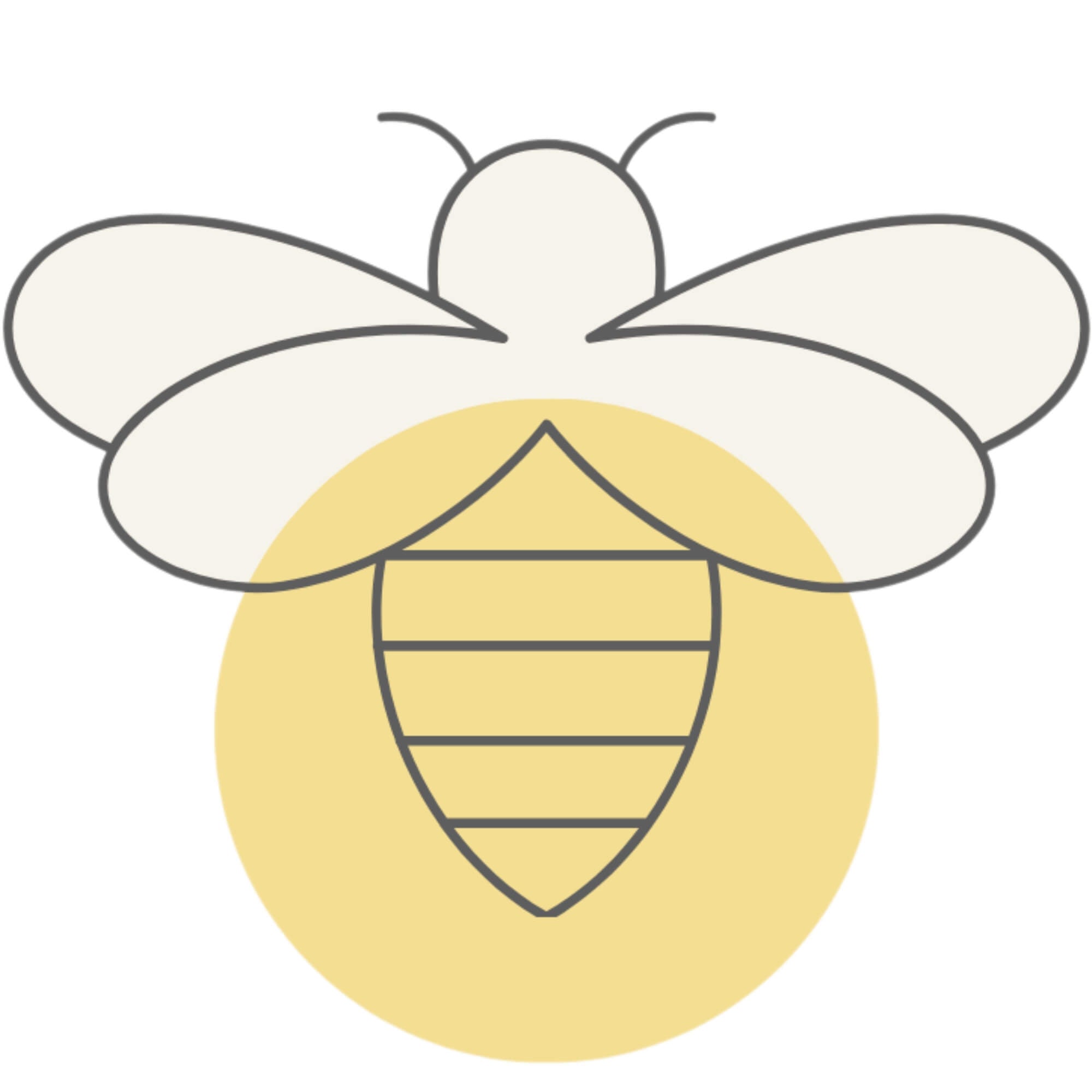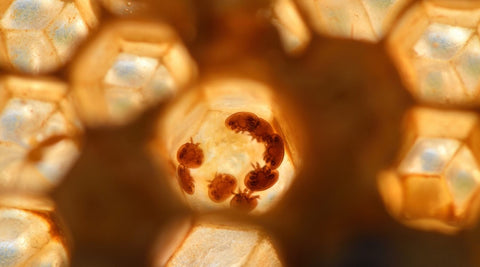Beekeeping is a rewarding endeavor, but it's not without its challenges. One of the most persistent threats to bee colonies worldwide is the presence of bee mites. These tiny pests can wreak havoc on hives if left unchecked, causing significant harm to bee populations and impacting honey production. Here's what beekeepers need to know about bee mites and how to manage them effectively.
What are Bee Mites?
Bee mites, specifically Varroa destructor and Acarapis woodi, are parasitic organisms that target honeybee colonies. Varroa mites, in particular, are the most widespread and damaging. They attach themselves to adult bees and their brood, feeding on their hemolymph (bee blood) and transmitting harmful viruses. Acarapis woodi, on the other hand, infests the tracheae of honeybees, leading to respiratory issues and decreased lifespan.
Signs of Infestation
Detecting bee mite infestations early is crucial for hive health. Some common signs include:
- Deformed or stunted wings on adult bees
- Presence of mites on adult bees or inside brood cells
- Increased bee mortality, especially during the winter months
- Reduced honey production and overall hive vitality
Impact on Bee Colonies
The presence of bee mites can have devastating effects on bee colonies. They weaken bees, making them more susceptible to diseases and reducing their lifespan. Infested colonies may experience a decline in population, impaired brood development, and ultimately, colony collapse if left untreated. Additionally, mite-infested bees may transmit viruses to neighboring colonies, exacerbating the problem on a larger scale.
Managing Bee Mites
Effective mite management is essential for maintaining healthy bee colonies. Here are some strategies beekeepers can employ:
- Integrated Pest Management (IPM): Implementing a holistic approach to pest control, including monitoring mite levels, promoting hive hygiene, and utilizing non-chemical methods such as drone brood removal.
- Chemical Treatments: When necessary, beekeepers may use chemical treatments approved for mite control. However, it's crucial to follow label instructions carefully and rotate treatments to prevent mite resistance.
- Genetic Selection: Breeding bees with traits that confer resistance to mites, such as grooming behavior or hygienic traits, can help mitigate infestations over time.
- Natural Remedies: Some beekeepers opt for natural remedies like essential oils, organic acids, or powdered sugar dusting to deter mites, although their efficacy may vary.
Prevention is Key
Preventing bee mite infestations is often more manageable than treating established colonies. Beekeepers should prioritize proactive measures such as:
- Regular hive inspections to monitor mite levels and hive health
- Maintaining strong, healthy colonies through proper nutrition and hive management practices
- Minimizing stressors such as overcrowding, poor nutrition, or environmental factors that weaken bees and make them more vulnerable to mites







Comments (1)
Thank you for the information!